
Do Birds Get Cold? How Do They Stay Warm In Winter?
Do birds get cold? Yes!
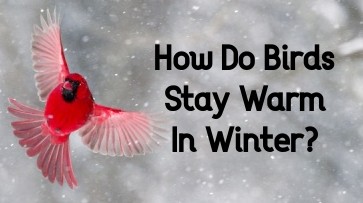
So how do birds survive and stay warm in winter, especially small birds in extreme cold?
How Do Birds Stay Warm In Winter?
Regulated Hypothermia Helps Birds Survive Cold Nights
Some birds save energy by lowering their body temperature while roosting at night.
This process is called regulated hypothermia.
Birds may reduce their body temperatures to as low as 50 degrees F which is 55 degrees lower than their maintained daytime body temperature of 105 degrees F!
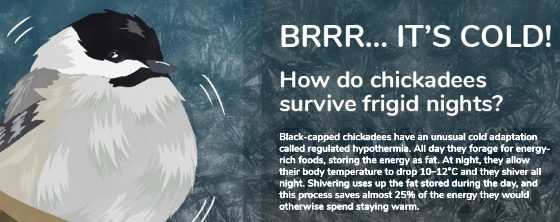
By reducing their body temperature at night and slowing down their metabolism, they conserve energy and retain more of the fat calories they worked so hard to consume during the day.
How Do Birds Not Get Cold Feet?
How do birds stand on ice and in snow and not get cold feet?
Birds can actually maintain a lower temperature in their feet (as low as 30 degrees F) using countercurrent heat exchange which conserves energy.
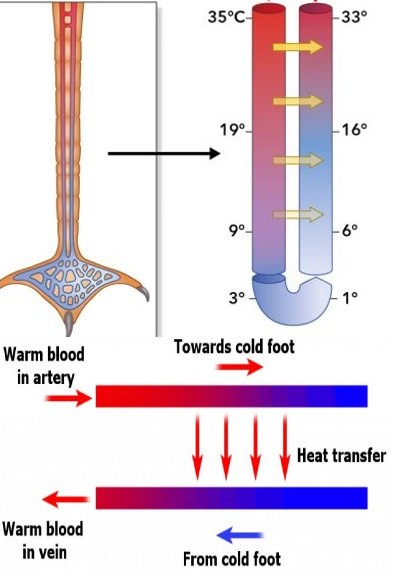
The thick scales on their feet also help minimize heat loss -no fuzzy warm slippers needed!
Communal Roosting Especially Helps Small Birds Stay Warm
Birds will gather together in cavities, winter roost boxes, and within the cover of coniferous trees on branches to huddle and share each other's body warmth.
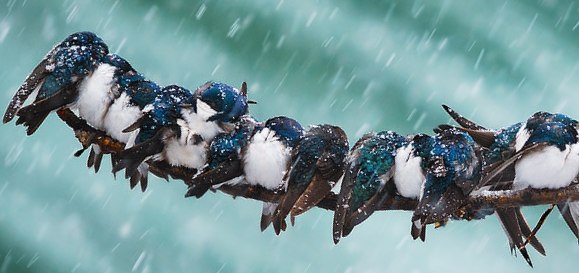
Photo by Keith Williams
How Shivering Helps Birds Survive Extreme Cold
Birds shiver through muscle contractions which raises their body temperature quickly by increasing their metabolic rate.
However, shivering is expensive caloric wise causing them to burn up accumulated fat reserves faster.
Shivering is a short-term warming strategy birds use during extremely cold temperatures when they are unable to maintain a warm enough body temperature to survive.
How Feathers Keep Birds Warm
Birds will preen their feathers with oil (from the uropygial gland near the base of their tail) which creates a waterproof layer and helps insulate birds' bodies from the cold.
During their last molt before winter, many birds will grow more feathers, especially insulating down feathers, and have as many as one-third more feathers during the winter than summer.
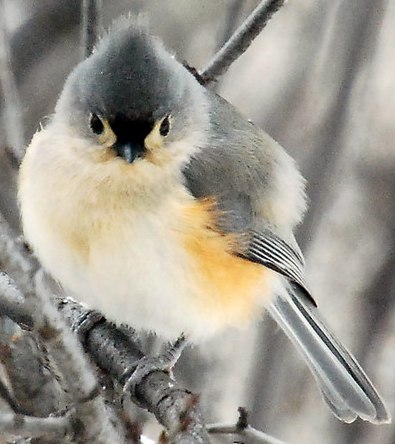
Photo by Gerry Buckel
Birds will sometimes appear like they are fatter during winter, but their larger appearance is from fluffing up their feathers to trap more air to keep warm.
Bill Tucking
Tucking bills into back feathers saves heat lost through nostrils, and perching on one foot while tucking the other up into the body also conserves heat.
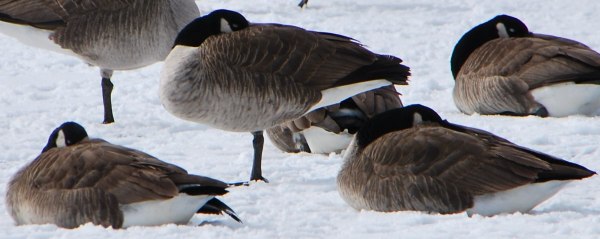
Photo by Ted Bobosh
Fat Storage Helps Birds Survive The Winter
During the winter, birds such as Black-capped Chickadees eat more than 35% of their weight daily and more than 10% of their weight will be fat.
The extra calories provide an energy source for their high metabolic rates and the fat they store helps with insulation to the cold.
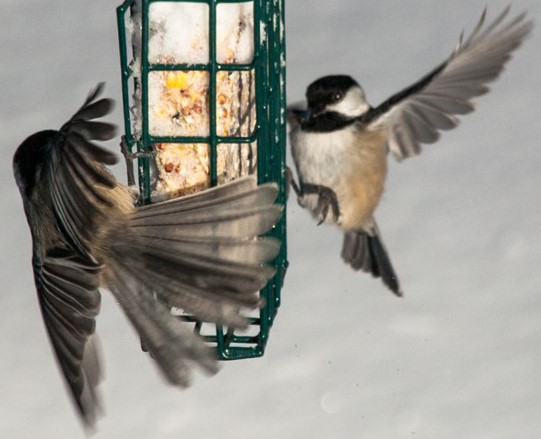
Photo by Paul VanDerWerf
Eating high caloric seeds such as black oil sunflower as well as suet during the day helps birds keep warm to survive the cold nights.
Bird Hibernation
The Common Poorwill is the only bird known to hibernate.
When temperatures drop and/or there is a reduction in its food source (insects), Poorwills in the southern part of its range, instead of migrating, will enter a torpor state for several hours or hibernate for days, or even weeks.
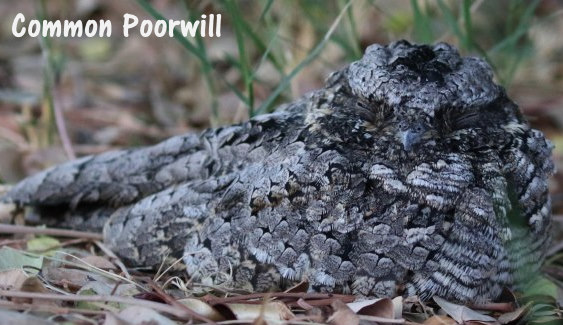
Photo by Tom Benson
Their body temperature will drop to as low as 40 deg F (averaging 40-65 deg F) and metabolic rates will decrease as well as oxygen consumption/respiration by as much as 90%.
The Hopi Indians called Common Poorwills, "H�lchoko" or "the sleeping one" as they found them sleeping under cactus or within southern exposed rock piles.�
How You Can Help Birds Survive The Winter
Winter Bird Feeding - Tips for feeding birds during the winter and providing the best high caloric seed and fats such as black oil sunflower, suet, and peanuts.
Bird Bath Heater - A simple heater you can add to an existing bird bath or get a heated bird bath.
Winter Bird House Plans - How to build a simple winter roost box for birds to help them shelter from the cold and stay warm during the night.
Bird Suet Recipes - Easy suet recipes to provide winter birds with a high caloric food source to help them survive the cold.
Do Birds Get Cold - Temperature regulation and behavior by birds to stay warm in winter.
Twitter infographic courtesy of Fuse Consulting
|
Our Favorite Bird Watching Binoculars, Squirrel-Proof Feeder & Hummingbird Feeder Read Our Reviews: |
||
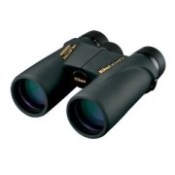
Nikon Monarch M5
Best mid-priced bird watching binoculars. Waterproof, shockproof, multi-coated ED-Glass. |
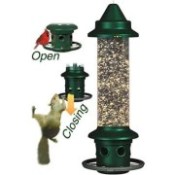
|
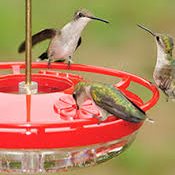
Best Hummingbird Feeder
Drip-Free, Ant-moat, Durable, Easy to Fill and Clean. |
| Click Images or Links To View More Info | ||